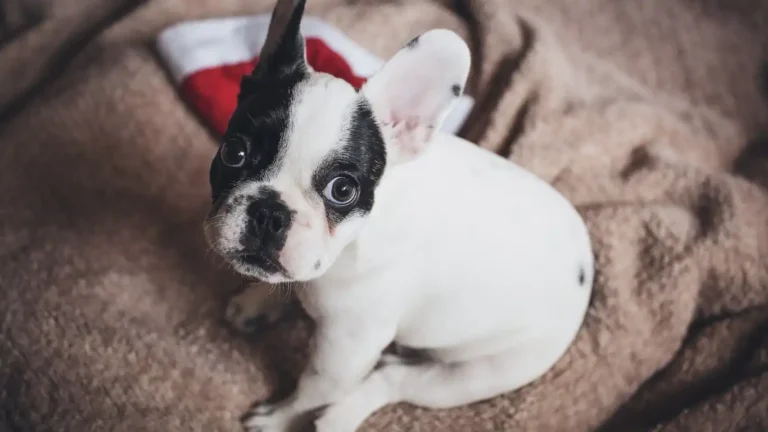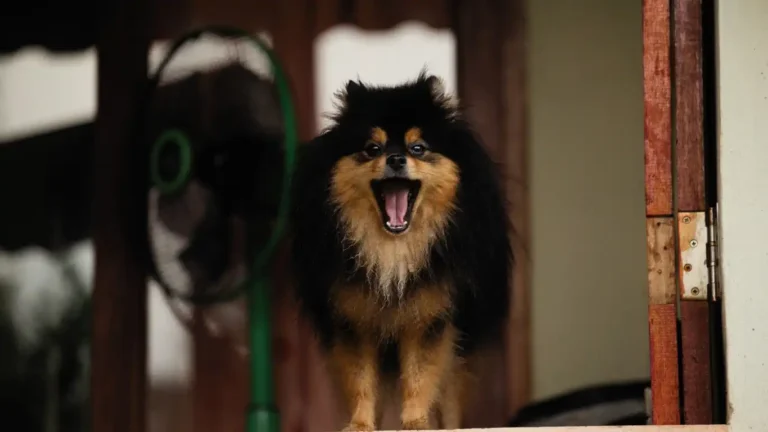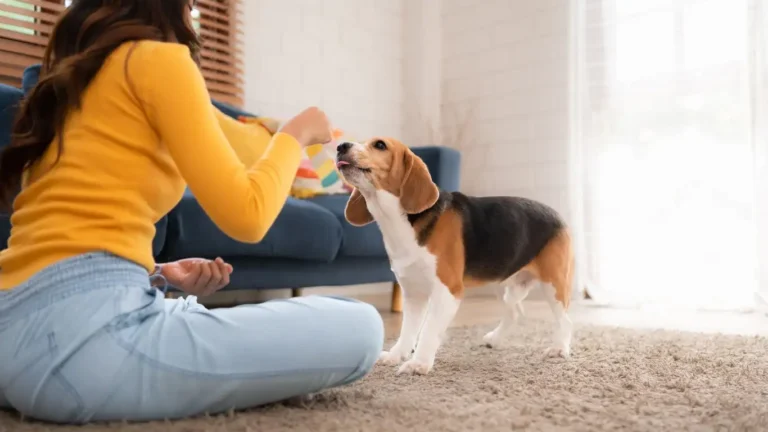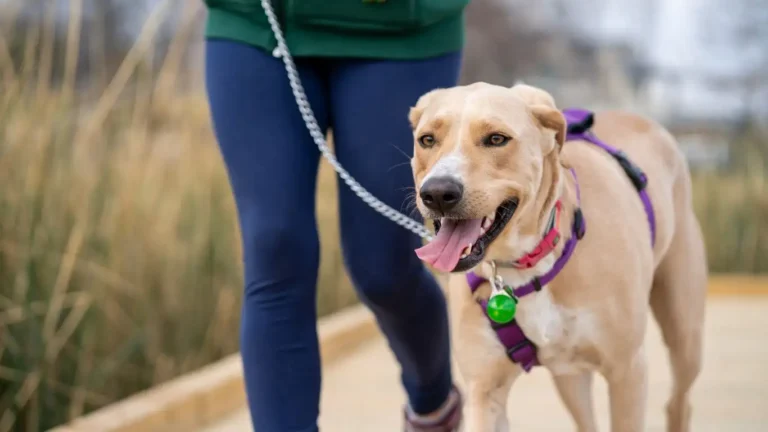How to Train a Dog to Be Comfortable in a Crate: Easy Tips for Success
If you’ve ever tried to crate train a pup who immediately morphs into a furry little drama queen the second the door closes, you’re not alone. How to train a dog to be comfortable in a crate is one of the most common questions I get as a Veterinary Technician/Nurse, especially one who’s spent years deep-diving into canine behavior and nutrition. And honestly? It makes total sense. Crates can be intimidating. They’re enclosed, they’re new, and to a dog, they can seem like punishment unless introduced properly. But trust me—done right, a crate can become your dog’s safe space, their little cozy den where they can decompress. The key is making it feel like a home, not a jail cell. Let’s walk through the process, and I’ll share some tips from my own hands-on experience in the clinic and at home with my own rowdy rescue pup, Luna.
Why Crate Training Matters (and It’s Not What You Think)

One of the biggest misconceptions about crate training is that it’s just about keeping a dog contained. But crate training, when done with care and patience, can actually help reduce anxiety, support potty training, and provide a secure environment for rest and relaxation. I’ve seen it firsthand—dogs that used to freak out over thunderstorms would voluntarily curl up in their crate when one rolled in, tail wagging and all. It becomes their sanctuary.
Veterinary behaviorists often recommend crate training because it taps into a dog’s natural denning instinct. Dogs are den animals by nature, and when a crate is introduced in a positive way, it aligns beautifully with how they naturally seek small, enclosed spaces for safety and comfort.
Start with the Right Setup

Pick the Right Crate
This might sound obvious, but crate size matters—a lot. Too small, and your dog will feel cramped and stressed. Too big, and they might use one end as a bathroom (yep, I’ve seen it). The sweet spot? Your dog should be able to stand up, turn around, and lie down comfortably. I always tell my clients: think cozy, not cavernous.
Make It Feel Like Home
Add a comfy blanket, a favorite toy, maybe even an old T-shirt with your scent. I had one foster who would only sleep in the crate if I tossed in a sock I’d worn that day—gross, maybe, but super effective! Soft lighting nearby and placing the crate in a quiet, low-traffic area of your home can also make a big difference.
- Soft bedding: Nothing scratchy or crinkly—go for plush but washable.
- Chew toys: Safe and soothing, especially for teething pups.
- White noise or calming music: This can ease anxiety, especially for dogs that startle easily.
First Impressions Matter: Introducing the Crate
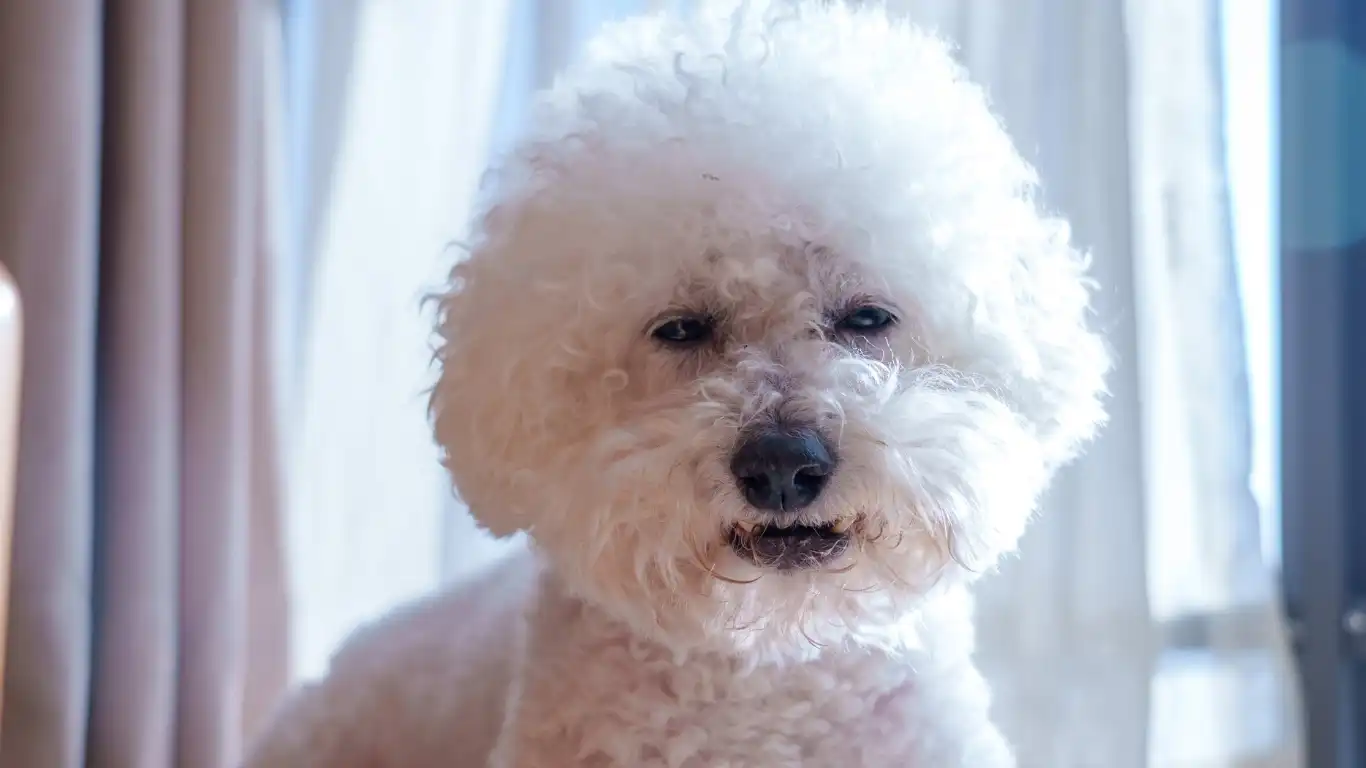
Let Curiosity Lead
Don’t shove your dog into the crate and slam the door shut. That’s the fastest way to create a lifelong crate aversion. Instead, leave the door open and toss in some high-value treats. Let them explore at their own pace. If you’ve got a curious pup, you might find them poking their head in within minutes. More cautious types? Sit nearby, sprinkle treats just inside, and wait them out. Patience is your best friend here.
Use Mealtime to Your Advantage
One of my go-to tricks? Feeding meals in the crate. Start with the bowl near the entrance, then slowly move it farther inside over a few days. Food equals happy feelings, so this creates positive associations with being inside the crate.
- Day 1-2: Place the food bowl just outside the crate door.
- Day 3-4: Move the bowl just inside the door.
- Day 5+: Gradually shift it to the back of the crate as comfort builds.
Short & Sweet Sessions
In the beginning, it’s all about baby steps. Aim for short stints—just a few minutes at a time with the door closed, followed by praise and a treat when they come out calmly. If your dog whines, wait until they’re quiet before opening the door. You don’t want to reinforce noisy protest behavior (yes, I’ve been guilt-tripped by puppy eyes too, but it’s worth holding out!).
Reading Your Dog’s Body Language
This is where your experience and intuition come into play. Dogs communicate volumes through body language. I always watch for those subtle cues—lip licking, yawning, pacing, pinned-back ears. These signs can mean they’re feeling unsure or stressed. On the flip side, a relaxed body, loose tail wags, and willingly walking into the crate are all green lights.
Every dog is different. One of my clients had a rescued Greyhound who took three weeks just to lie down in the crate without trembling. Another had a Labrador who waltzed in like he owned the place on day one. The key is meeting your dog where they are—not where you think they should be.
Building Confidence Through Routine and Predictability
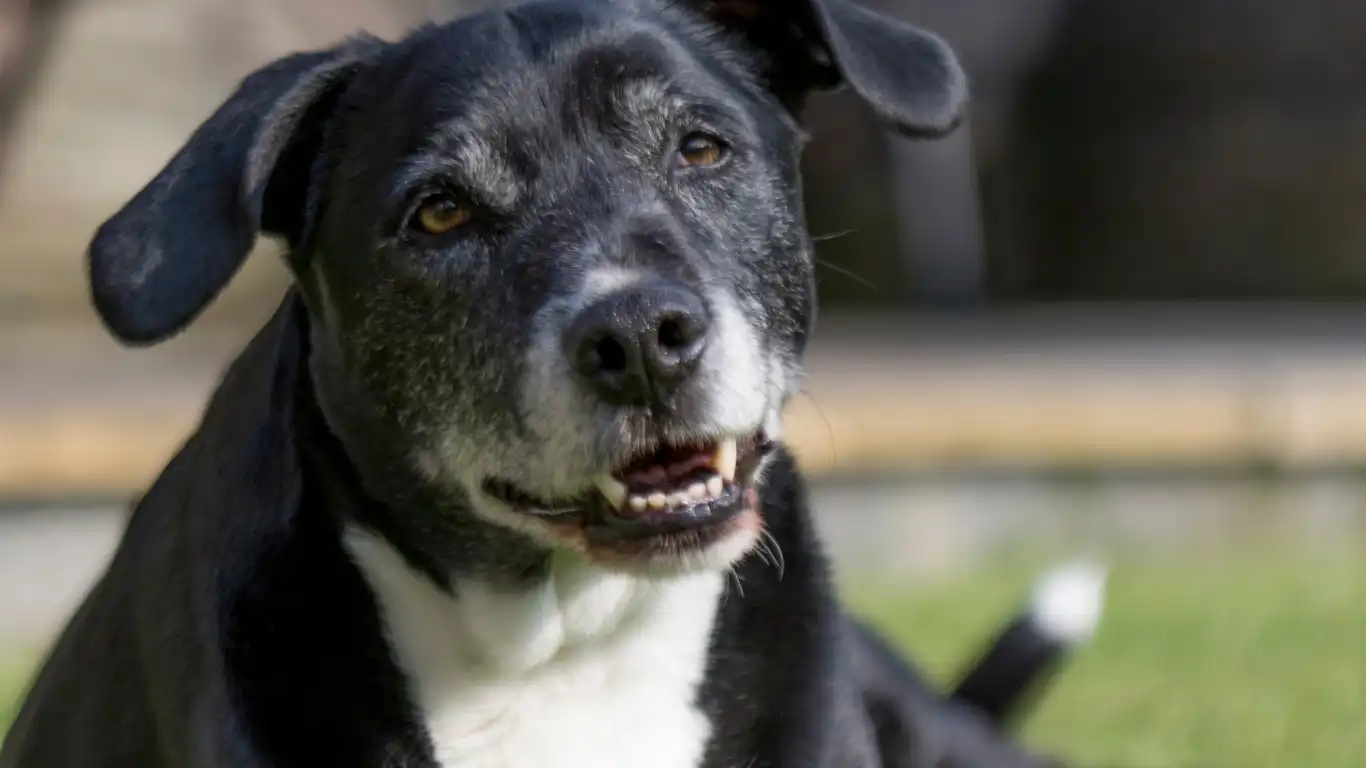
Once your dog starts to get the hang of the crate and isn’t treating it like a monster cave, it’s time to level up. Dogs thrive on routine, and that consistency can help train a dog to be comfortable in a crate even faster. I always tell pet parents in my practice: “Routine equals comfort. Comfort equals trust.”
Try to associate the crate with predictable times of the day—after a walk, during meals, or when you’re stepping out for a short errand. If your dog knows what to expect, it reduces anxiety. One of my dogs used to bolt into the crate the second I grabbed my keys because she knew she’d get a peanut butter Kong. It became her little reward zone.
Daily Crate Timing Tips
- Morning: After their potty break and breakfast, let them rest in the crate with a soft toy or treat.
- Afternoon: A brief crate session while you run errands or take a break—great for independence training.
- Evening: Wind-down crate time before bed helps build a bedtime routine.
Keeping the experience neutral-to-positive is key. Never use the crate as punishment—it should always feel like a choice, even when it’s not entirely optional.
How to Train a Dog to Be Comfortable in a Crate When You’re Not Home
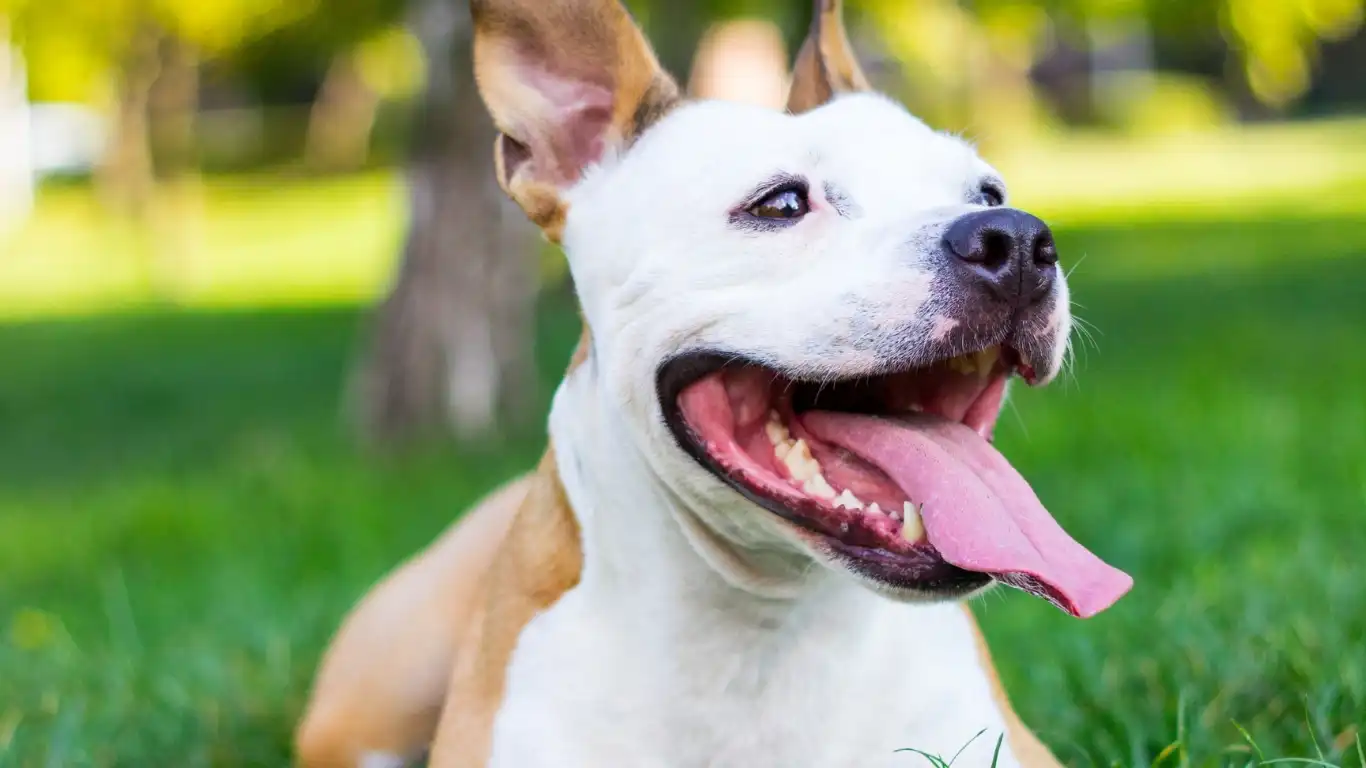
Crating while you’re away? That’s often the trickiest step. Your dog knows you’re not in the next room anymore, and that can stir up some separation anxiety. I’ve seen even the chillest dogs panic when left alone in a crate for too long, too soon.
Start With Mini Absences
Before you jump into full workdays, start with five-minute outings. Step outside, take the trash out, grab the mail—whatever. Then come back in casually, no big celebration. Over time, increase the duration. What you’re doing here is normalizing absence, building tolerance one step at a time.
- Practice short departures daily.
- Use a word cue like “crate time” so they associate it with something expected.
- Don’t make dramatic exits or entrances—it feeds anxiety.
Make It Rewarding
Whenever you leave your pup crated, leave behind something enriching—a puzzle feeder, a frozen Kong, a favorite chew. It’s like giving them a Netflix binge while you’re gone. I’ve recommended this approach to dozens of clients, and they almost always report that their dogs are more relaxed when they return. Some even fall asleep halfway through their treat project.
Crate Training for Rescue Dogs and Older Pups
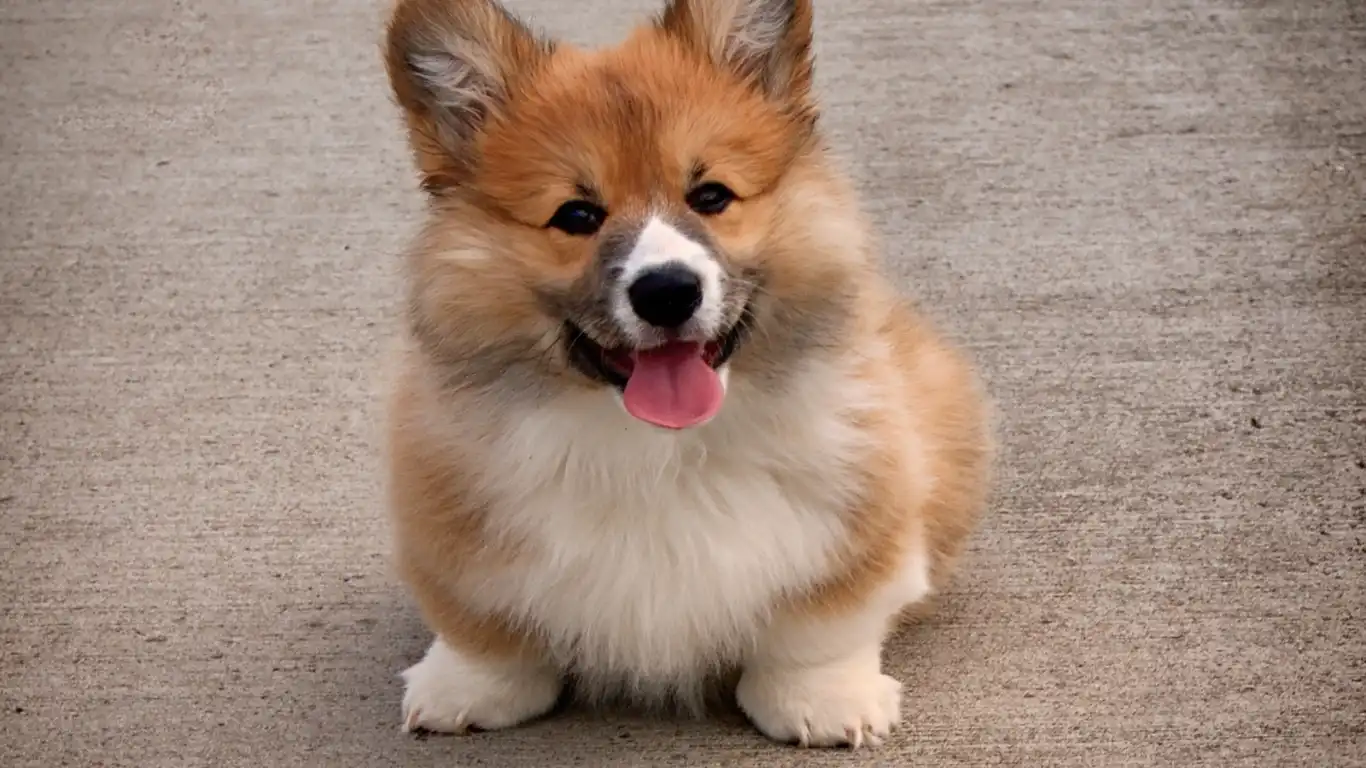
If you’ve adopted a rescue or are working with an older dog, the crate journey might look a little different. These pups often come with baggage—previous trauma, negative associations, or simply no prior crate exposure at all. But don’t worry, it’s still totally doable. I’ve worked with several rescues who ended up loving their crates… eventually. Patience and empathy are your superpowers here.
Go Slower Than Slow
Some rescues won’t even walk near a crate at first. That’s okay. You might need to leave the door open for days, placing treats just outside, and hanging out nearby without any pressure. I had a senior pup named Bear who wouldn’t go near his crate for a week. Then one day, he walked in on his own and fell asleep inside—no cue, no treat, just his choice. It was kind of a magical moment.
Never Force the Issue
This one’s non-negotiable. Forcing a dog into a crate sets you back ten steps. Let them explore on their terms, and reward the smallest victories. Nose touches, stepping inside briefly, even sniffing around the entrance—it all counts. Build on those small wins.
Use Calming Tools When Needed
Some dogs need a little extra help, and that’s okay too. Talk to your vet about calming pheromone sprays, crate covers, or even anxiety-reducing supplements. As a vet tech, I’ve seen these tools help tremendously when used as part of a consistent, positive plan.
- Adaptil spray: Mimics dog-calming pheromones—great for crate interiors.
- Calming chews: Ask your vet for safe options suited to your dog’s size and health.
- Crate covers: Help block out visual stimuli and create a cozy cave-like feel.
Handling Setbacks Like a Pro
Even with the best setup and intentions, setbacks happen. Your pup might have a bad night, bark excessively, or suddenly decide the crate is evil. Don’t panic—this doesn’t mean you’ve failed. Think of setbacks as part of the learning curve.
Take a step back. Reduce the time in the crate, go back to feeding near it, and rebuild the comfort level. Regression is totally normal, especially with younger or anxious dogs. I always advise my clients to journal their training progress—it helps to see patterns and spot what might have triggered the pushback.
Things to Check If Your Dog Suddenly Resists the Crate
- Did something startle them inside the crate? (Loud noise, dropped object?)
- Are they feeling unwell? (Digestive upset, joint pain, etc.)
- Was there a change in their routine or environment?
Sometimes the answer is as simple as “my toddler threw a squeaky toy into the crate and scared him.” (True story from a client!) Awareness is everything.
Above all, keep it positive, keep it patient, and remember—this is a journey, not a sprint. Every small victory is a step toward creating a crate your dog loves, not fears. And when they finally curl up in there on their own, tail thumping, you’ll know it was all worth it.
When to Leave the Door Open: The Next Step in Crate Training

By now, your dog should be well on their way to understanding that their crate is a safe space. But what happens when it’s time to transition to the next step—leaving the crate door open? For some dogs, this might happen naturally, while for others, it’ll require a little extra encouragement and patience. Think of this as the graduation phase of crate training.
Gradual Transition to an Open Door
When you’ve made significant progress, start experimenting with leaving the door open during crate time. Don’t rush it—if your dog has shown signs of anxiety in the past, try opening the door just a crack at first. Over time, as their comfort grows, you can leave it open for longer periods.
One thing that worked wonders for Luna, my rescue dog, was leaving the door open while I was at home. She’d occasionally peek out, but most of the time, she just curled up inside. The key here is letting them make the decision to exit on their own. This reinforces their sense of control, and it ensures that your dog starts seeing their crate as a voluntary “chill zone” rather than a place they’re forced into.
What to Do If Your Dog Is Still Reluctant
If your dog seems hesitant to leave the crate door open, don’t panic. Go back to the basics—treats, toys, and encouraging exploration. You might even use the crate as a place to feed meals with the door open, so they associate that space with positive, relaxed moments. Some dogs will need a little extra time to adjust, but this phase will pass with consistency.
Long-Term Crate Training Maintenance
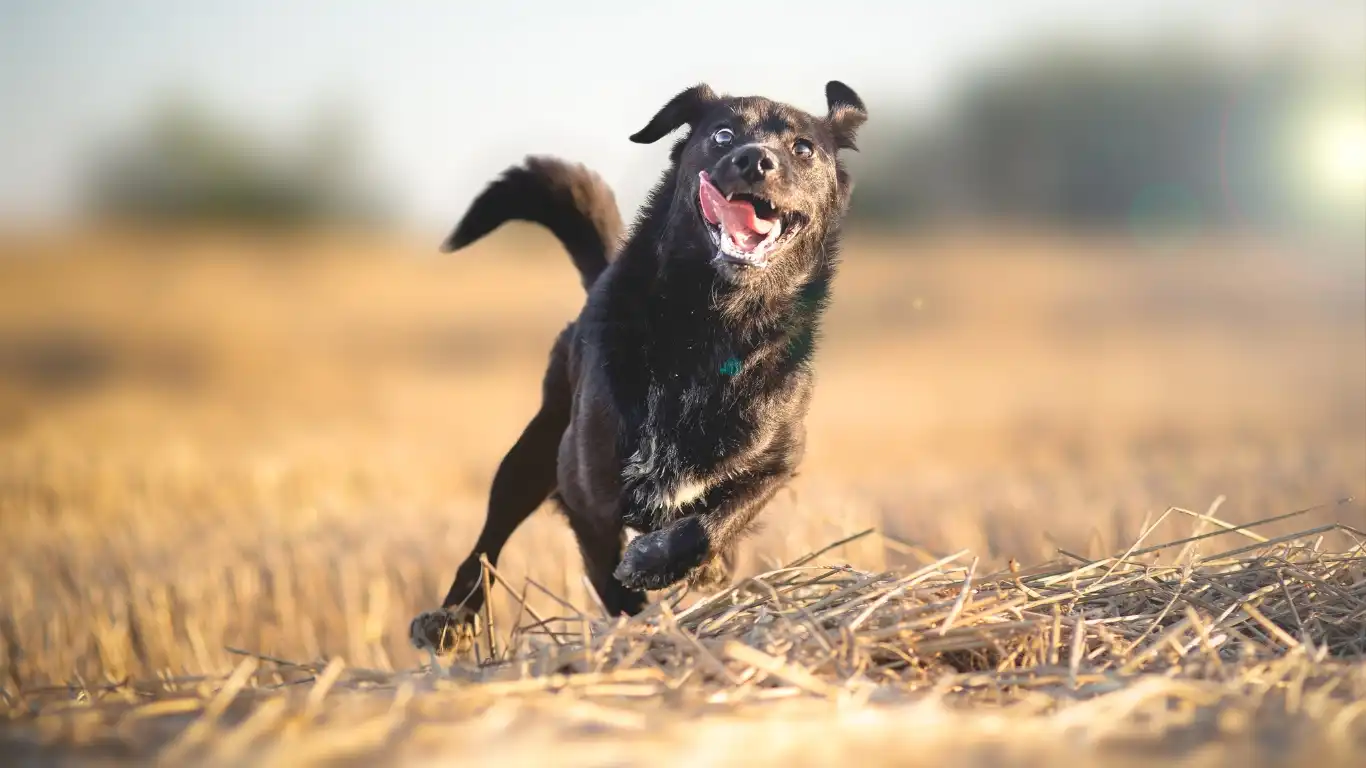
Crate training doesn’t end once your dog is comfortable in the crate—it’s an ongoing process. Regular crate time, even when you’re at home, will help maintain those positive associations and keep the crate a safe and comforting space. Just like humans, dogs need some alone time to unwind and recharge, and the crate can be the perfect spot for that.
Maintenance Tips for a Happy Crate Experience
- Daily Quiet Time: Use the crate for daily naps or rest periods, even if you’re home. This helps your dog remain comfortable in the crate when you’re away.
- Occasional Crate Sessions: Every few weeks, take your dog for a quick “refresher” crate session. Short periods with the door closed will keep them used to being inside without making them feel trapped.
- Positive Reinforcement: Continue rewarding calm behavior when your dog enters the crate. Over time, this will keep the experience fresh and rewarding for them.
When Crate Training Isn’t the Answer: Alternatives for Anxious Dogs
As a Veterinary Technician, I’ve encountered dogs for whom crate training simply isn’t a good fit. Whether it’s due to severe separation anxiety or past trauma, some dogs just can’t adjust to being in a crate, no matter how carefully it’s introduced. If you find yourself in this situation, don’t worry—there are alternatives to crate training.
Consider a Playpen or Dog-proofed Area
If your dog is showing signs of distress in a crate, a playpen or dog-proofed area might be a better solution. This gives your dog more space to move around but still keeps them safe and contained. I’ve worked with several anxious dogs who thrived in a playpen, where they could stretch out but didn’t feel confined by the walls of a traditional crate.
Consult a Behaviorist or Trainer
If your dog’s anxiety persists, it might be time to consult with a professional dog behaviorist. These experts can help address deeper anxiety issues and recommend strategies that are tailored specifically to your dog’s needs. I always encourage my clients to seek out a certified trainer or behaviorist who specializes in anxiety management, especially if crate training isn’t working.
References & Further Reading
If you want to dive deeper into crate training or anxiety management for dogs, these resources are great starting points:
- American Kennel Club – Crate Training Tips and Techniques
- PetMD – Managing Dog Anxiety and Crate Training
- National Institutes of Health – Understanding Canine Anxiety
Disclaimer
The information provided in this article is for educational purposes only and should not replace professional veterinary advice. Always consult your veterinarian for any concerns about your dog’s health, behavior, or well-being. Crate training is a gradual process, and every dog is different. Patience and consistency are key to success!


